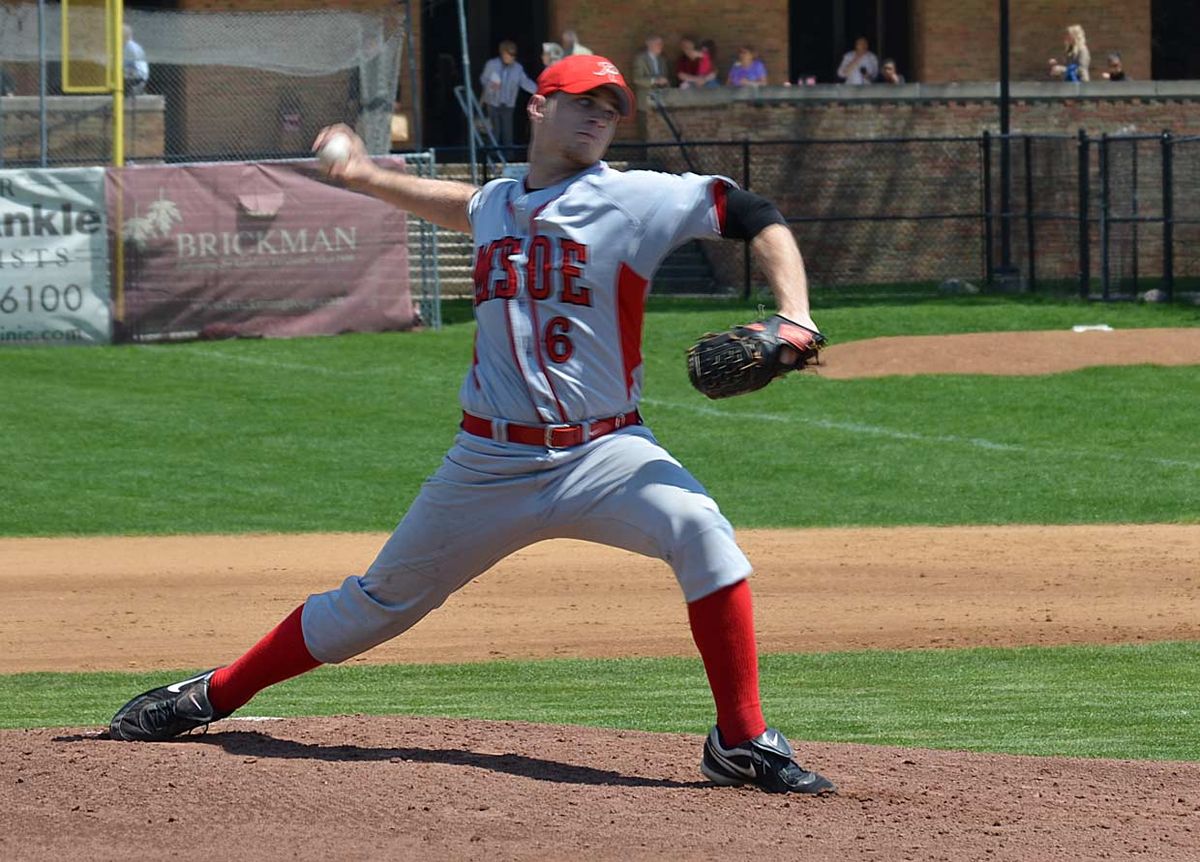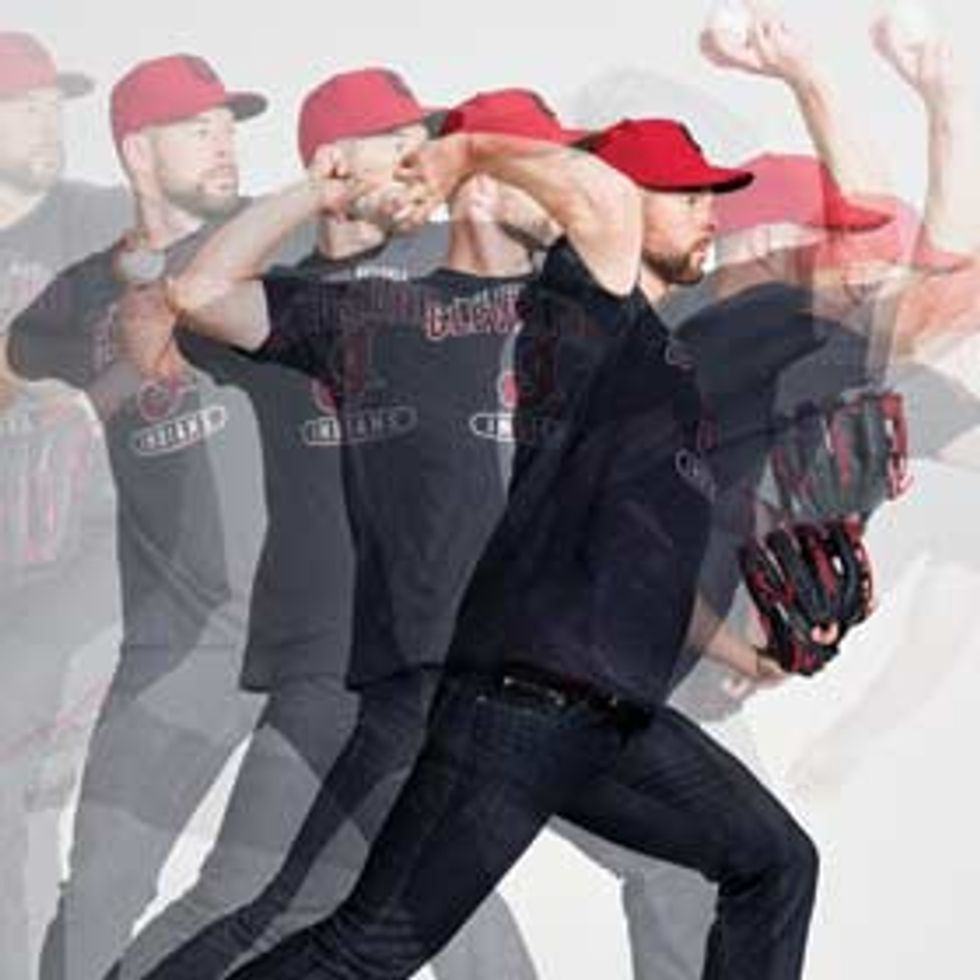When Benjamin Hansen was playing baseball in high school, around 2006, technologies to monitor athletes’ bodies and performance weren’t yet commonplace. Yet Hansen wanted to collect data any way he could. “I would sit on the bench with a calculator and a stopwatch, timing the pitchers,” he says. He clicked the stopwatch when the pitcher released the baseball and again when the ball popped into the catcher’s mitt, then factored in the pitcher’s height in calculating the pitch velocity.
Hansen’s coach, however, was not impressed. “My coach should have embraced it,” he says, wistfully. “But instead he made me run laps.”
Hansen kept playing baseball through college, pitching for his team at the Milwaukee School of Engineering. But he was plagued by injuries. He well remembers a practice game in which he logged 15 straight outs—then felt a sharp pain in his elbow. He had partially torn his ulnar collateral ligament (UCL) and had to sit out the rest of the season. “I always asked the question: Why is this happening?” he says.
Today, Hansen is the vice president of biomechanics and innovation for Motus Global, in St. Petersburg, Fla., a startup that produces wearable sports technology. For IEEE Spectrum’s October issue, he describes Motus’s product for baseball pitchers, a compression sleeve with sensors to measure workload and muscle fatigue. From Little League to Major League Baseball, pitchers are using Motus gear to understand their bodies, improve performance, and prevent injuries.
Traditional wisdom holds that pitcher injuries result from faulty form. But data from Motus’s wearable indicates that it’s the accumulated workload on a player’s muscles and ligaments that causes injuries like UCL tears, which have become far too common in baseball. By displaying measurements of fatigue and suggesting training regimens, rehab workouts, and in-game strategies, the wearable can help prevent players from pushing themselves past their limits. It’s a goal that even Hansen’s old coach would probably endorse.
This article appears in the October 2019 print issue as “Throwing Data Around.”

 Read the feature article: Smart Sleeve Tells Baseball Pitchers When to Get Off the MoundPhoto: Dylan Coulter
Read the feature article: Smart Sleeve Tells Baseball Pitchers When to Get Off the MoundPhoto: Dylan Coulter